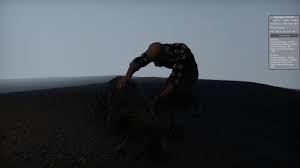An Omaha hand simulator is a toll you can use to help you simulate five communal cards in an Omaha Hi game. You can use the same cards for an Omaha Hi game that you are used to seeing on a regular Omaha tournament. However, the Omaha hand simulator has some variations that you will want to remember. You can find out more about them after going through the hand history.
To begin using the Omaha hand simulator, you need to begin by placing a small stack on the action of the Pot Committed Omaha Hi game. You will notice that there are four community cards being played into the middle of the table. You don’t know what cards will be dealt next, and you certainly don’t know what cards were dealt to the players on the left of you. In addition, you don’t know what cards were dealt to the players on the left of that small stack.
The PokerWinner hand simulator is designed to allow you to play five Omaha hands from any position. You will notice that a flop is followed by a turn, and a river by a showdown. What makes this spin unique is that you are placed in the position of those who placed a blind on the first hand. If you’re positioned in the small blind behind the dealer, you are in the position of those who placed the big blind. In addition, you are followed-up by the small blind and therefore the big blind.
As the starter, you will be in the position to deal the flop, which includes the first three community cards played from the middle of the table. With the initial spin of the wheel, you will begin by determining which of the players (yourself included) have made a raise. In addition, there are three pre-flop raises force bets that force you to put in $4 before seeing the flop. Those are the pre-flop forced bets.
The flop is revealed by the Egp88 and it is your turn to act. You take over the table and must make a decision on what action to take – call or raise. As in the original situation, the player to the left of the big blind is in the first position and the player to the left of the dealer is in the second position.
Now that you have a better understanding of the hand ranks and how the action begins, let the games begin. If you are in the small blind and there is a raise, you should probably fold, unless there are backup plans in the works, which may see you re-raise.
However, if you have called and there is no raise; you should call, even though the raise didn’t go through. You want to remain in the hand and also possibly win the pot, if possible. If you don’t believe it’s possible for you to win the hand, let the blinds fold, or if possible, allow the big blind to act last. Doing so will give you two useful options: giving yourself another shot at the draw or allowing the blinds to catch the hand.
